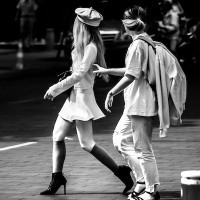M10M True Base Iso
-
Recently Browsing 0 members
- No registered users viewing this page.
-
Similar Content
-
Native base ISO 1 2
By Gavin Cato,
- 20 replies
- 2,923 views
-
- 6 replies
- 558 views
-
- 55 replies
- 10,548 views
-
- 0 replies
- 211 views
-
- 19 replies
- 951 views
-






Recommended Posts
Join the conversation
You can post now and register later. If you have an account, sign in now to post with your account.
Note: Your post will require moderator approval before it will be visible.